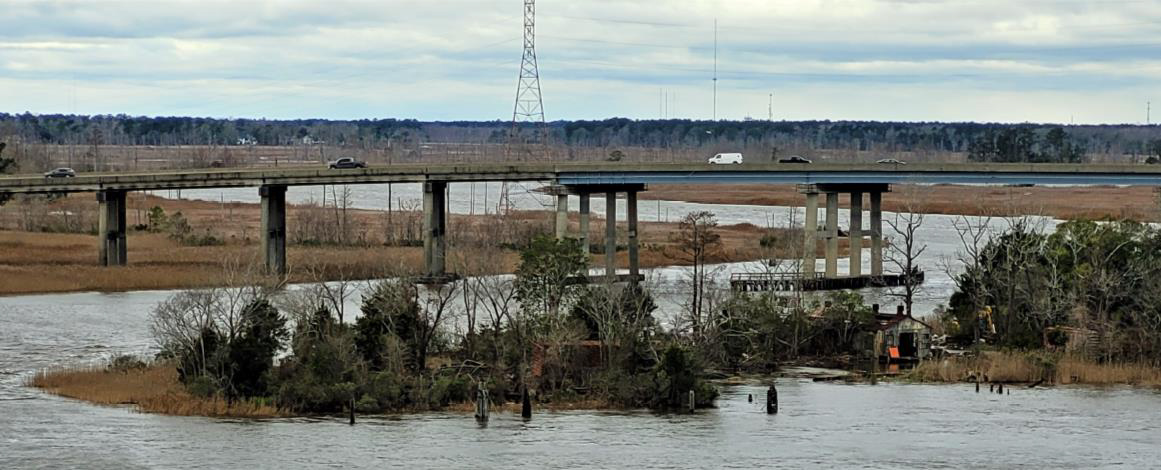
RALEIGH – Nearly 40 years after the U.S Fish and Wildlife Service launched an innovative program to save the eastern red wolf from extinction, a nonprofit conservation group is challenging the agency’s prior decision to not upgrade to a more protective management designation, despite its outsized importance to the species’ survival.
Arguments were heard Wednesday by U.S. District Court Judge Terrence Boyle for the Eastern District of North Carolina in a federal court case filed by the Center for Biological Diversity that contends the Wildlife Service acted unlawfully when it decided to continue classifying the critically endangered population of red wolves as “nonessential.”
Supporter Spotlight
“Judge Boyle is so engaged on this issue … that he’s really able to dig in at this extremely deep, detail-oriented level,” said Perrin de Jong, a senior attorney for the Center for Biological Diversity, during an interview Thursday about the 90-minute hearing.
Following listing the wolves in 1966 as “threatened with extinction” on what later became the Endangered Species Act, the Fish and Wildlife Service about 20 years later established an experimental “non-essential” population of wild red wolves. and released four pairs into Alligator River National Wildlife Refuge in northeastern North Carolina.
It is the only known wild population of red wolves in the world.
The intensively managed recovery program had promising success until about 2010, when management was scaled back. That was before court actions restored much of the program.
The Center for Biological Diversity had petitioned the agency in 2016 to reclassify the red wolf population as essential. The petition was denied in January 2023.
Supporter Spotlight
“The service is violating its duty to consider the best available science and the facts that have taken place since 1986 that affect the survival of the red wolf in the wild,” de Jong told Coastal Review.
In a request for comment on the case, a spokesperson for the U.S. Interior Department responded in an email Thursday that the agency does not “provide comment on active litigation.”
Mortality by vehicle strikes and gunshots have been an increasing challenge to the wolves’ survival, de Jong said.
Changing the classification to “essential” would extend more protective measures for the animals, he said, including allowing another layer of protection with a critical habitat designation.
The conservation group also is asking the agency to change their enforcement code to match a 2018 court ruling by Boyle that banned property owners from shooting red wolves unless they were threatening animals or people.
“The science indicates that the greater protections will result in greater conservation success, and inversely, lower protections result in higher poaching pressure,” he said.
The Wildlife Service is not disputing the conservation group’s argument that the agency has the authority to change the essentiality determination, the legal term for the classification, he added.
“You could describe it as, ‘We’re not going to revisit the essentiality determination, because we don’t have to.’”
Today, there are believed to be 18 known red wolves surviving in the program’s five-county recovery area, in addition to unconfirmed numbers of wolves and wolf pups that do not have collars and have been born or fostered in the wild this year.
Updated data on the Red Wolf Recovery Program was not available on the Fish and Wildlife Service website, but a spokesperson said the new data is expected to be posted in early August.







